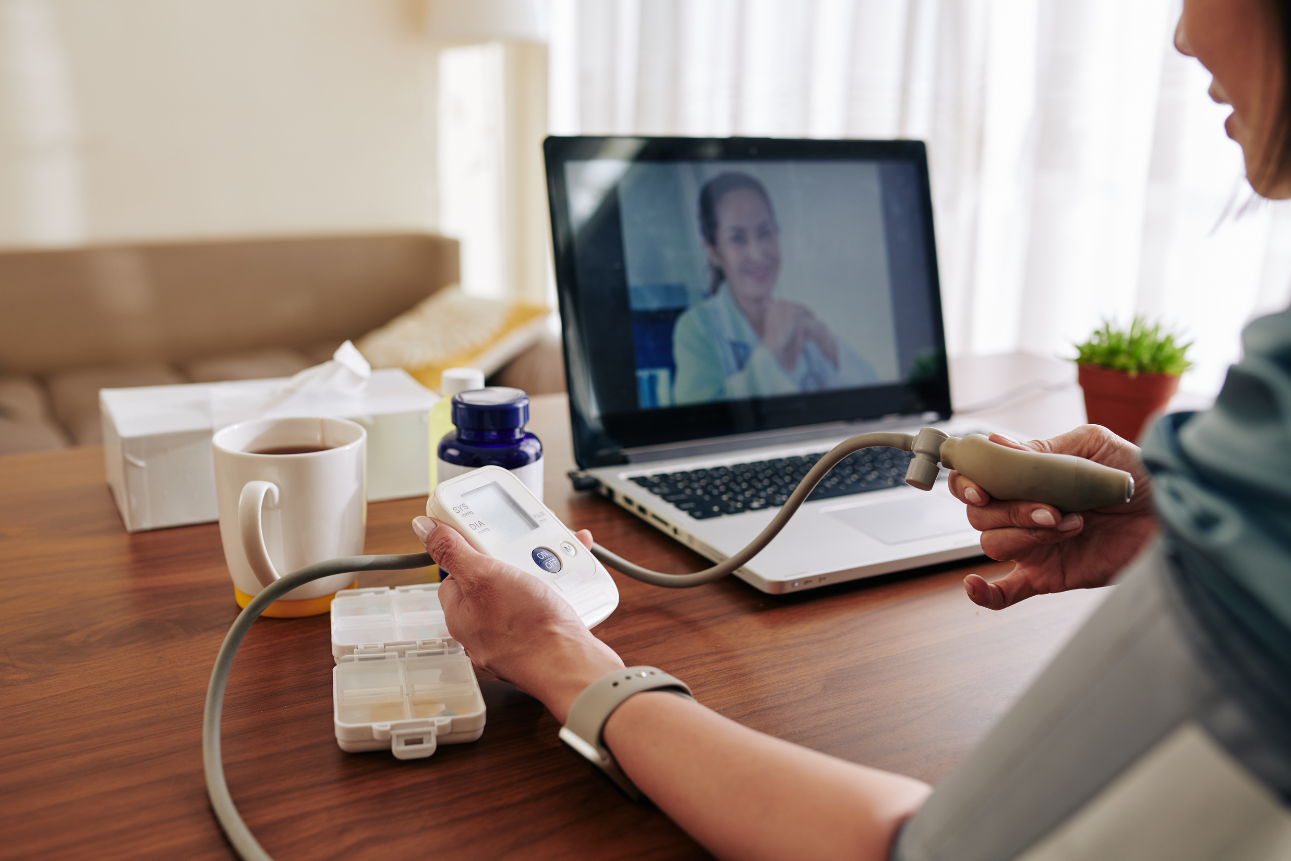Remote patient monitoring services are transforming post-acute care in today’s value-based healthcare environment. As hospitals face mounting pressure to reduce readmissions and extend care beyond facility walls, RPM is emerging as a powerful tool for delivering continuous, connected, and cost-effective care.
For B2B healthcare providers and telehealth platforms, the growth of RPM opens new doors for scaling primary care telehealth and outsourcing care coordination through business process outsourcing (BPO) models. Here’s why RPM is becoming a must-have in every post-acute care strategy.
What Is Remote Patient Monitoring in Post-Acute Care?
Remote patient monitoring services refer to the use of digital technologies to track patients’ health data—such as blood pressure, heart rate, oxygen levels, and glucose levels—outside traditional clinical settings. For post-acute patients recovering at home, RPM ensures care teams receive real-time data to detect complications early and adjust treatment plans accordingly.
As a result, RPM bridges the gap between discharge and recovery, creating a continuum of care that minimizes risks, improves outcomes, and empowers patients to take a more active role in their health journey.
The Benefits of Remote Patient Monitoring Services
1. Fewer Hospital Readmissions
Additionally, by enabling early detection of adverse events, RPM helps providers intervene before complications require hospitalization—a major advantage for post-acute recovery and CMS reimbursements.
2. Improved Patient Engagement and Adherence
Consequently, patients are more likely to stick to care plans when they feel actively monitored and supported. This aligns closely with the goals of primary care telehealth, which promotes proactive wellness and preventive care.
3. Enhanced Care Coordination Through BPO Support
Moreover, outsourcing the monitoring, data entry, and escalation protocols to a healthcare BPO ensures 24/7 oversight without overburdening internal staff. This is particularly helpful for hospitals and clinics navigating labor shortages.
4. Scalability Without Sacrificing Quality
Furthermore, through BPO-managed remote patient monitoring services, healthcare organizations can scale operations quickly—reaching more patients without needing to increase full-time clinical staff.
Why RPM and Primary Care Telehealth Work Hand in Hand
Primary care telehealth aims to extend routine, preventive, and follow-up care through virtual platforms. RPM complements this by allowing providers to make informed clinical decisions based on real-time patient data, not just video consultations or patient-reported symptoms.
Together, RPM and telehealth create a hybrid care model that offers:
- Continuous data-driven care
- Proactive intervention and medication adjustment
- Reduced in-person visits without compromising care quality
- Patient empowerment through connected devices and education
For businesses that develop or support telehealth services, integrating remote monitoring capabilities creates added value and a stronger case for long-term care partnerships.
The Role of BPO in Supporting Remote Patient Monitoring Services
Healthcare BPO providers are increasingly stepping in to manage backend tasks associated with RPM programs, including:
- Patient onboarding and tech setup
- Data monitoring and trend analysis
- Triage protocols and escalation
- Appointment scheduling and virtual follow-ups
- Insurance verification and billing support
By delegating these tasks, care teams can focus on clinical decisions, while administrative processes are handled efficiently and in compliance with HIPAA and CMS regulations.
A New Era of Post-Acute Care
The shift toward remote patient monitoring services is more than a trend—it’s a fundamental evolution in how healthcare is delivered. Especially in the post-acute phase, RPM enables earlier interventions, better outcomes, and a smoother transition from hospital to home.
Combined with primary care telehealth platforms and BPO partnerships, RPM gives healthcare providers the tools they need to scale care, cut costs, and increase patient satisfaction.
Looking to expand your RPM or telehealth offering? Partnering with a healthcare BPO can help you manage operations efficiently while delivering top-tier care at scale.




